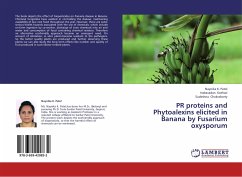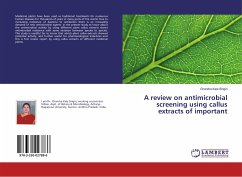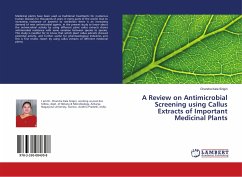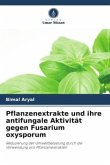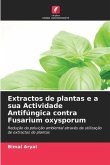Diseased samples of the potato tuber were collected and the pathogen was identified as Fusarium oxysporum Schltdl. The Pure culture of the fungus was maintained and the antifungal activity of extracts of four aromatic plants (Mentha arvensis, Allium sativum, Zanthoxylum armatum and Eupatorium adenophorum) was assessed by poisoned food technique using five different concentrations i.e., 5%, 10%, 15%, 20% and 25% against F. oxysporum. Inoculum disc of 4mm in diameter was used in the experiment to test antifungal activity. The pathogenecity test was conducted by inoculating the pathogen in to the healthy tuber maintaining the aseptic conditions. Their fungitoxicity was calculated in terms of mycelial growth inhibition percentage of the test fungus. Extracts of Mentha arvensis, Allium sativum, Zanthoxylum armatum and Eupatorium adenophorum were able to check the mycelial growth of Fusarium oxysporum by 82.5, 90.0, 82.5 and 87.5 % at 25% concentration respectively. Among the extracts of the test plants, the extract of A. sativum was found to be the most effective to control the fungus growth.
Bitte wählen Sie Ihr Anliegen aus.
Rechnungen
Retourenschein anfordern
Bestellstatus
Storno


